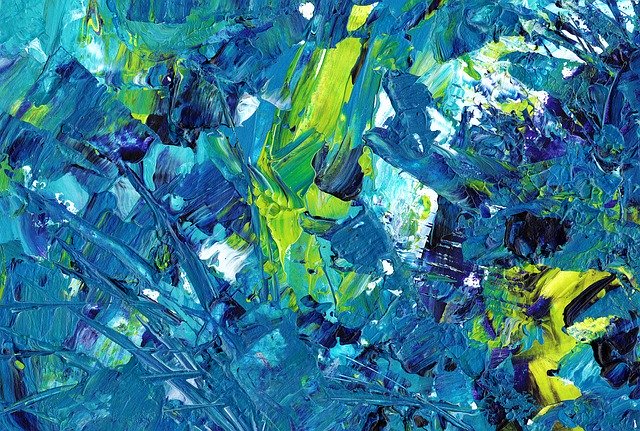Tachismo – Characteristics, Advantages and Representatives
Contents
What is Tachism Painting?
It is a style of French abstract painting that gained popularity between 1940-1950. It is often interpreted as a European equivalent of Abstract Expressionism. However, there are stylistic differences between the two types of art.
Tachism was originally part of Art Informel, which favored more intuitive expression over geometric abstraction. Tachism emerged as a reaction to the artworks of Cubism. However, it is closely related to Informalism.
Tachism appeared in France in the 1940s and 1950s. This style of abstract painting designates one of the aspects of informal art that favors an inspiration free of servitude. This term was first used negatively by the critic Pierre Guéguen in 1951.
History of Painting in Tachism
Tachism appeared in France in the 1940s and 1950s and this style of abstract painting is framed in informal art, and the critic Michel Tapié used the same term to describe the gestural techniques considered as impressionistic abstraction, while, Harold Rosenberg, another American art critic, called these spontaneous spurts, action painting.
Types of Painting in Tachism
Although the term tachism is not yet commonly used with a general value, it can refer to all artistic techniques that use stains. In fact, these techniques fall into two categories, corresponding to the two main meanings of the word stain.
In the first case, stain means rough texture, the color deposited by a brushstroke and forming a distinct unit rather than blending into a continuous paste.
Characteristics of Tachism Painting
There are two types of tachism, one is found in impressionistic abstraction, it is a figurative painting technique that consists of depositing color in strokes or small deposits with the brush, creating a distinct unity instead of blending into a continuous paste.
Also lyrical abstraction, which is a non-figurative painting technique where the stain on the canvas plays a very important role. Thus, tachism is subject to the randomness of creation and arises spontaneously, characterized by splashes, color projections and drips. Thus, the absence of formal and spatial premeditation allows the speed of execution to take priority in a second state of concentration.
Legacy of this Painting
Tachism aims to express itself solely through pictorial matter and thus also contrasts with European abstract painting of the 1940s and 1950s, which, while repudiating figurative content, generally remains faithful to classical compositional values.
Its beginnings are also found among the Surrealists, who experimented with various techniques and forms of automatism (Picabia, La Sainte Vierge, 1920, MNAM, Paris). The paint sprays used by Max Ernst and André Masson around 1940, which were purely surrealist because of the role of chance, were tachists before their time and may even have had a direct influence on Pollock’s dripping during Masson and Ernst’s stay in the United States during World War II.
Main representatives of this type of painting
There are three famous painters representing Tachism, they are Hans Hartung (1904-1986) who is the pioneer of lyrical abstraction, as well as the father of Tachism, because he used large formats, scratched and scratched calligraphic lines on monochrome black canvases.
Jackson Pollock (1912-1956) is an American painter of abstract expressionism who used his brushes as chopsticks, also dripped paint on the canvas with his brushes (dripping) and also used perforated containers to make drips and stains (tachism).
Georges Mathieu (1921-2012) is also one of the fathers of lyrical abstraction because his works are characterized by dripping and strokes made with paint directly from the tube.

